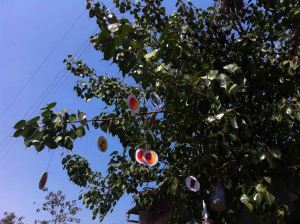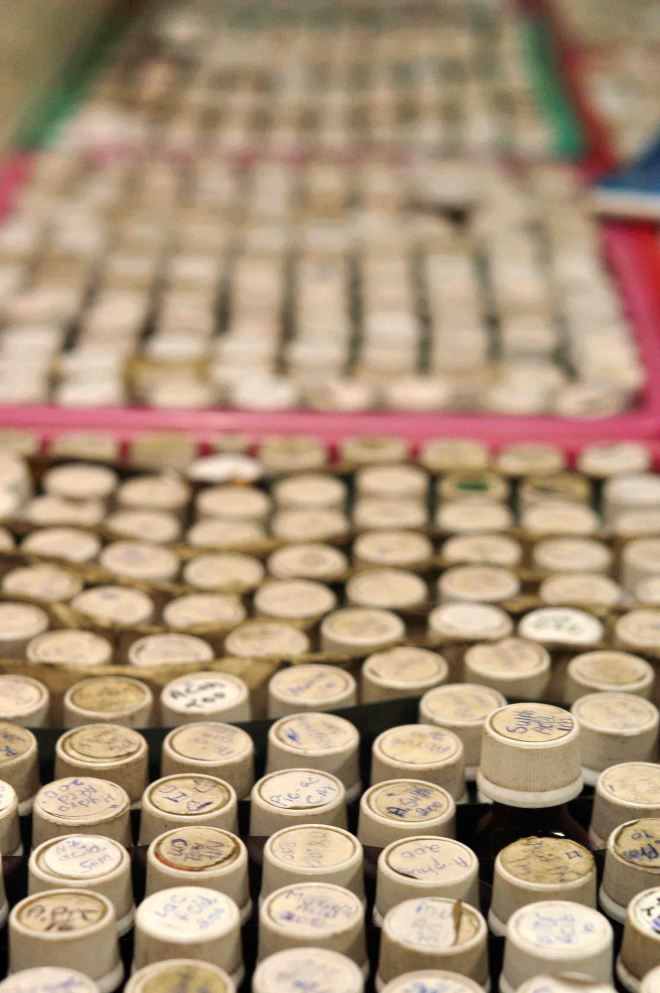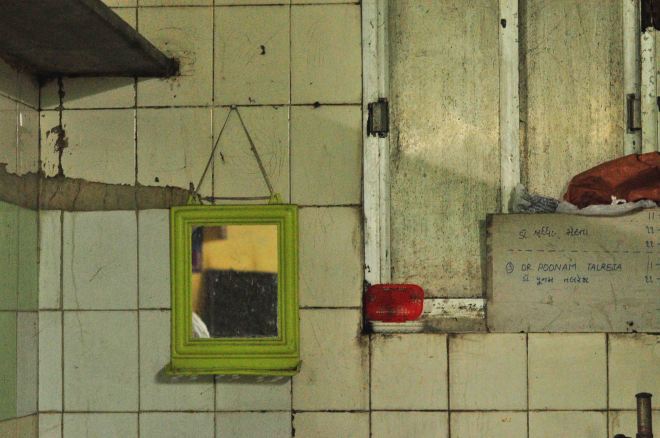 On the road with 13-year-old Farida and her best friend Ayesha. We are on our way to finish off a film shoot. Hungry and sweaty under the afternoon sun, but not wanting to waste time, we buy ourselves a pack of choco-chip biscuits, the name of which I have never heard before.
On the road with 13-year-old Farida and her best friend Ayesha. We are on our way to finish off a film shoot. Hungry and sweaty under the afternoon sun, but not wanting to waste time, we buy ourselves a pack of choco-chip biscuits, the name of which I have never heard before.
After munching the biscuits, and dropping a few on the way, we are obviously thirsty. Farida suggests that we grab some roadside vendor’s lime juice for Rs. 5. She vouches not only for its refreshing taste, but makes it sound like some elixir of immortality. I stoutly refuse to swim in unknown waters, but since the girls seem keen on lime juice I consider going to a restaurant. The only restaurant in the vicinity is unfortunately attached to a bar, and it seems properly improper to take young girls to a place where men might be mixing desi mojitos. We finally settle for a healthy option: tender coconut water.
Three of us share two coconuts. 10-year-old Ayesha refuses to have one for herself. Though it is technically my treat, the shy girl hesitates on hearing the price. One coconut for Rs. 30 is just too much. She says that her mother would never allow her to spend that much money on a drink and continues to sip from Farida’s.
The elder Farida then tells us about some of the things she eats when she finishes school. Her mother gives her Rs. 10 every day and that, she says, is enough to quell her after-school hunger-pangs. For Rs. 5 she gets either a small apple or a custard apple from the fruit-seller (images of shrivelled up custard-apples come to my jaundiced mind). For the remaining Rs. 5 she gets a sumptuous slice of watermelon or her favourite lime juice. Seeing my raised eyebrow, she quickly rescues herself by lying, “But I prefer watermelon, of course.” As Farida breaks down the economics of her food expenditure, you realise that those ten rupees are husbanded carefully. She thinks her choices are more nutritious that what other kids might be buying. And sometimes a friend pitches in her pocket-money and the girls are able to buy something more substantial.
Ayesha, on the other hand, comes from more impoverished circumstances and does not have the luxury of Rs. 10 every day. Farida confesses that Ayesha is in fact recovering from dengue, but her mother finds buying the medicines too expensive.
At the end of the shoot, I treat the girls to some chocolates. Ayesha didn’t want a Rs. 10 chocolate. She wanted one for just half that price.



